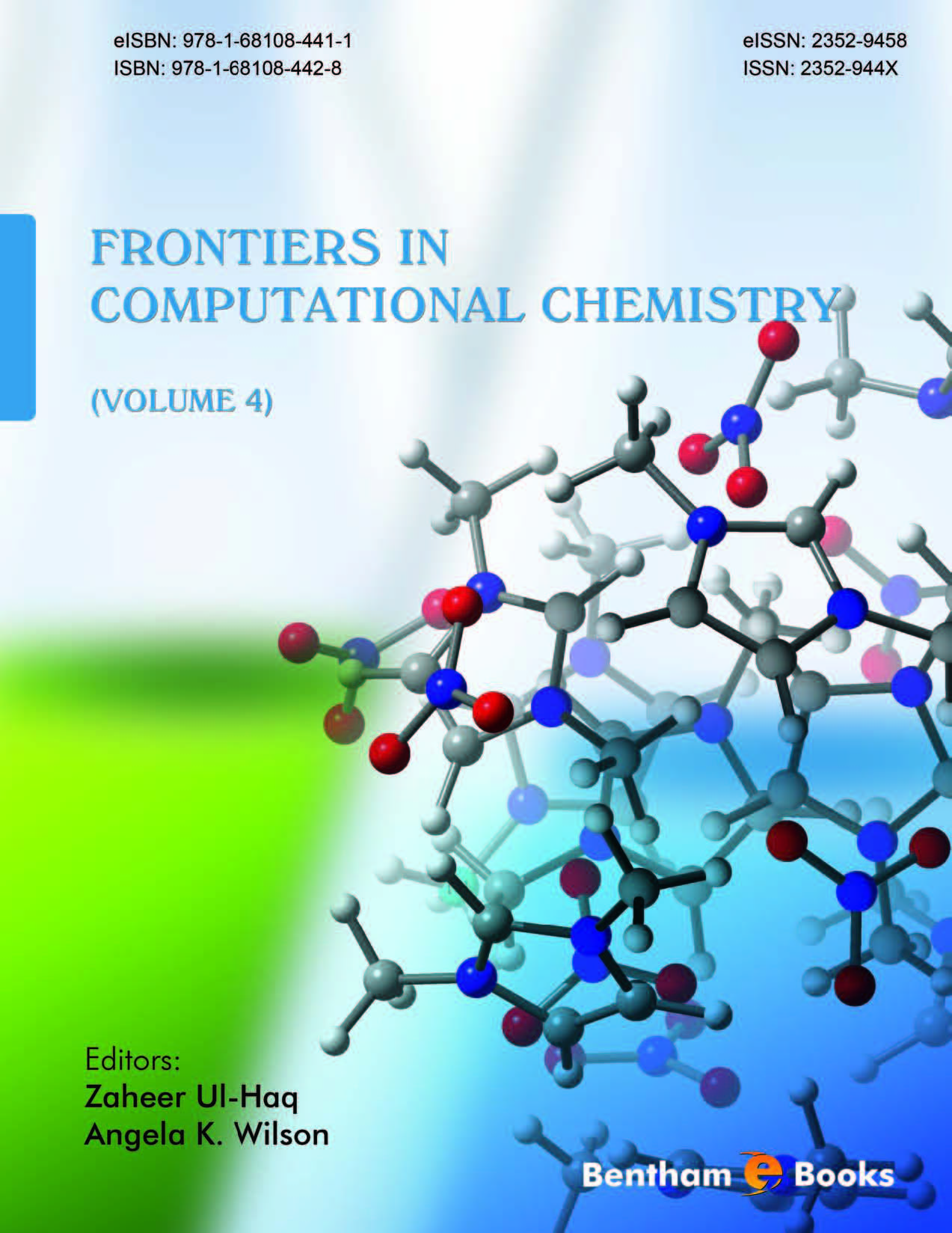Computational chemistry has grown to a large field that entails the use of computers to study a very broad range of chemical problems, and includes both the development (often referred to as “theoretical chemistry”) and applications. This broad range of computational approaches includes electronic structure calculations, molecules dynamics simulations, and free energy relationships (e.g., QSAR, QSPR). The focus of Frontiers in Computational Chemistry, is on the application of computational chemistry approaches to biological processes. While the overview of chapters included in this volume described below provides exciting specific studies, general topics covered in this series include computer aided molecular design, drug discovery and development, lead generation, lead optimization, database management, computer and molecular graphics, and the development of new computational methods or efficient algorithms for the simulation of chemical phenomena, including the analyses of biological activity.
In this fourth volume, five chapters that present a diverse spectrum of approaches towards biological processes are presented including:
Chapter 1 “Natural Lead Compounds and Strategies for Their Optimization as New Drugs” provides strategies to improve possible lead compounds for use in medicine. Dev Bukhsh Singh describes how a combination of approaches including high-throughput screening, structure activity relationships, absorption, distribution, metabolisms, excretion, and toxicity (ADMET) parameters can be used to optimize lead compounds.
Chapter 2 “Computer-aided Drug Discovery Methodologies in the Modeling of Dual Target Ligands as Potential Parkinson’s Disease Therapeutics” by Yunierkis Perez-Castillo and co-authors, presents advances in the application of drug discovery methodologies in modeling dual target ligands for the discovery of potential Parkinson’s Disease therapeutics. A virtual screening method was developed to aid in the prioritization of potential dual binder candidates.
Chapter 3 “Molecular Studies of the Inhibition of Aminoacyl tRNA Synthetases in Microbial Pathogens”. In this chapter, Nilashis Nandi describes progress made towards molecular-level insight into the inhibition of aminoacyl tRNA synthetases (aaRSs), which are promising targets for the development of new inhibitors. Insight is gained using a number of methods including structural analysis based on crystallographic and NMR measurements, as well as mutation studies, kinetic methods, and molecular dynamics simulations.
Chapter 4 “Advances in the Computational Modelling of Halogen Bonds in Biomolecular Systems: Implications for Drug Design”. P.J. Costa and Rafael Nunes provide an overview of computational methods to model halogen bond interactions in biomolecular systems such as protein-ligand complexes is provided. The practicality of the approaches in computer-aided drug design and discovery is discussed.
Chapter 5 “Molecular Classification of Caffeine, Its Metabolites, and Nicotine Metabolite” by Francisco Torrns and Gloria Catellano show the use of structure-property relationships to model retention times for caffeine and caffeine and nicotine metabolites.
We hope that the readers will find these reviews valuable and thought provoking so that they may trigger further research in the field. We are grateful for the timely efforts made by the editorial personnel, especially Ms. Mariam Mehdi (Assistant Manager Publications), Mr. Shehzad Naqvi (Editorial Manager Publications), and Mr. Mahmood Alam (Director Publications) at Bentham Science Publishers.
This volume is dedicated to Jeffry D. Madura who was a professor at Duquesne University (USA) and an editor of the first three volumes of this series. We thank Jeff not only for his role as an editor of the prior volumes in this series, but, also acknowledge his scientific contributions. He passed away too early and the chemistry community will miss him.
Zaheer Ul-Haq
Dr. Panjwani Center for Molecular Medicine and Drug Research
International Center for Chemical and Biological Sciences
University of Karachi
Karachi
Pakistan
&
Angela K. Wilson
Department of Chemistry
Michigan State University
East Lansing, MI
USA

